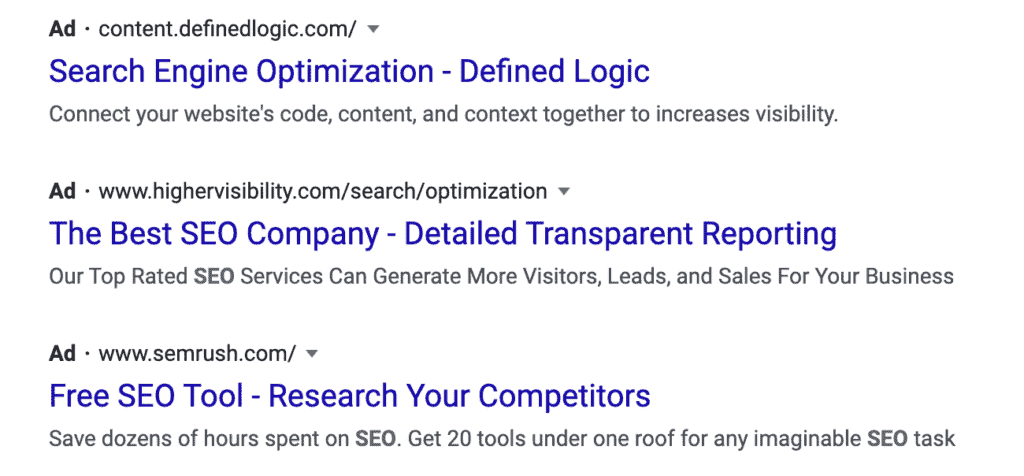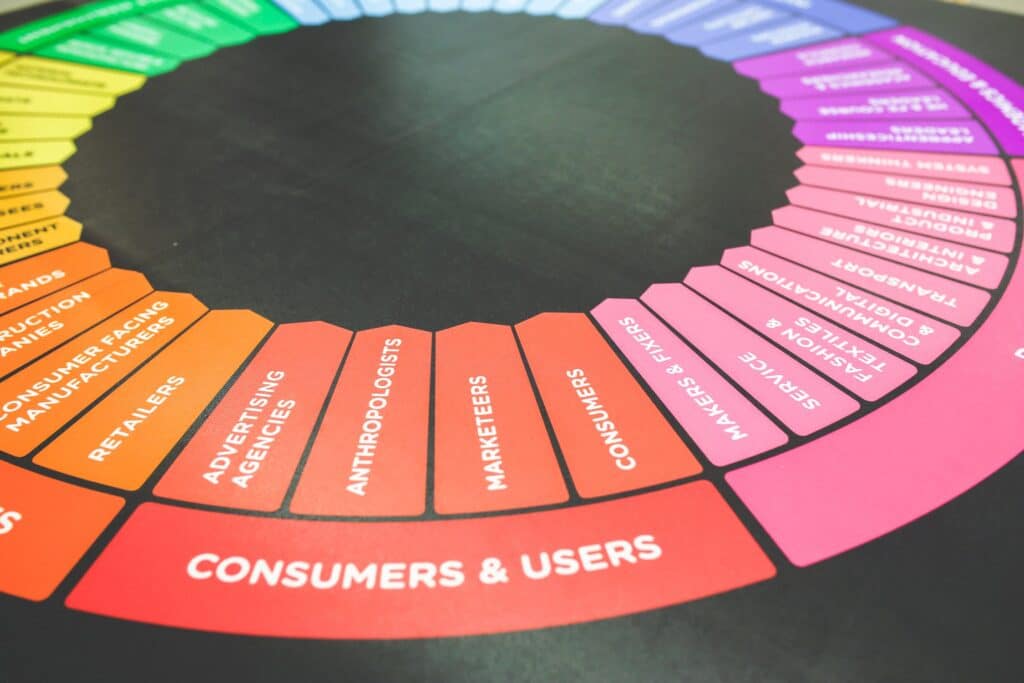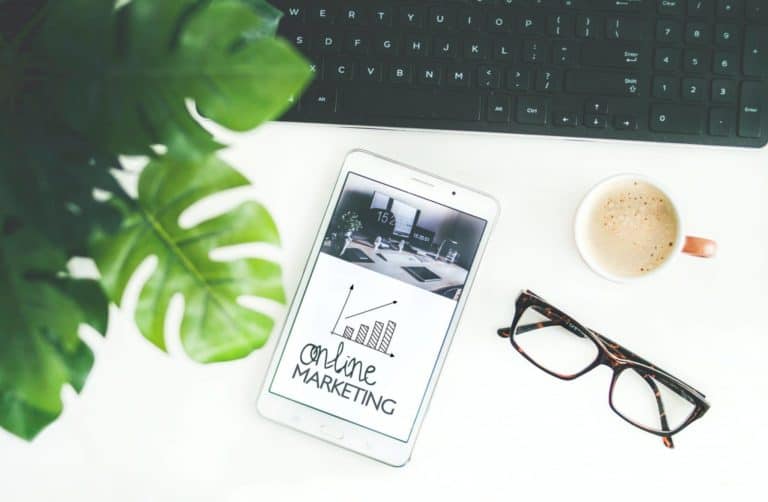Over the past ten to twenty years, marketing has gone through some significant changes. Previous marketing strategies such as direct mail ad campaigns and billboard advertisements are slowly becoming a thing of the past. This change is mainly due to the rapid pace at which technology has grown. We have access to countless pieces of information right at our fingertips with more people using technology than ever before. It leaves a huge opportunity to grow your business through a strategy called search engine optimization.
Outlined below are the fundamentals of search engine optimization, allowing you to build your confidence with the topic moving forward.
What is Search Engine Optimization?
You’re probably wondering what in the world Search Engine Optimization is and why it is so important. Well, the term is more popularly known by its nickname, SEO, which is the process of growing the quality and quantity of website traffic by increasing the visibility of a website to users of a web search engine such as Google or Bing. This process occurs through non-paid or organic search results. In simple terms, you want more people to view your website naturally, without paying for ads.
Search Engine Optimization is about understanding what your customers are searching for online, the answers they seek, and the language they use. Knowing these answers will allow you to establish a connection with customers, gain new customers, and retain current ones.
However, knowing your target customers’ intentions is only half the SEO battle. You also have to deliver it in a way that search engine crawlers can find and understand.
Why is Search Engine Optimization Important?
Paid advertising, social media and other online platforms can generate a healthy amount of website traffic on their own. However, the majority of online traffic comes from search engines.
Organic (non-paid) results cover way more real estate in the digital world. Organic search results also appear more credible to users and receive more clicks than paid advertisements. Only 2.8% of all US searchers click on paid ads. SEO has around 20 times more traffic opportunities than paid on both mobile and desktop web pages. Most people will immediately scroll right past a couple of paid ads, as shown below, and move onto an organic link.

Not only is SEO more effective than paid advertising, but it is also one of the only marketing channels that can pay dividends over time. If you provide content that ranks high for the right keywords, your traffic will build over time compared to paid ads, which need continuous funding to send traffic to your website.
In short, optimizing your site with search engine optimization tactics will help search engines to recognize your content better so it can be indexed appropriately and shown within the search results.
Achieving User Intent

When a person searches for something, they have a desired outcome in their mind. A need that needs to be met, a question that needs to be answered. As a business, it is crucial that you not only understand what your customers are searching for but also how they are searching for it.
For example, let’s say your business sells laptop cases but, on your website, you have a section titled “digital bags.” This is a much less common phrase used by customers when they are looking to purchase a laptop case, which means your website traffic and conversions will suffer. A more effective strategy would be to rename this section “laptop cases,” a much more common phrase used by customers.
Understanding the language your customers use is crucial in identifying user intent and creating conversions. Your job is to provide users with the content they desire in the format they desire.
Some common user intent types:
- Informational: This is used when someone is searching for information on a given topic
- Example: “What is the best phone for photography?”
- Navigational: Used when searching for a specific website. The person already has the desired outcome in mind
- Example: Nike.com
- Transactional: Searching with the intent to purchase something
- Example: Sale on Ray-Ban sunglasses
An effective way to understand user intent is to Google your desired keywords and evaluate the current search engine results page (SERP). This trick can allow you to see how your competition ranks and what comes up when someone Googles this keyword. For example, if a photo carousel appears, people who search for that keyword are likely looking for photos.
Providing high quality, relevant content on your website will help your business rank higher in search results, and improve trust with your online audience. Establishing this credibility is essential when it comes to gaining and retaining customers.
Understanding Your Website’s Goals

Understanding a site’s goals is just as crucial as understanding customers’ goals. Every website is different, so take the time to understand which areas of SEO to focus on.
A crucial part of Search Engine Optimization is KPIs or key performance indicators. These goals help to measure return on SEO investment. In other words, they will determine the success of your organic search results. You will want to have KPIs documented even if it’s something simple such as writing down, “for my website, my main SEO KPI is _____,” in a notepad.
Common KPIs
- Sales
- Downloads
- Email sign ups
- Phone calls
Now, notice how ranking and traffic are not on this list. And you’re probably thinking, “I came here to learn about SEO to get better rankings and earn more traffic.”
While this is correct, and SEO can help your site rank higher, there is little use in ranking high if no one is clicking through to your site. The same is true for website traffic. You can increase your traffic but still not accomplish a more significant business objective, like conversion rate.
Before embarking on an SEO journey make sure you lay out your business goals and use SEO to help accomplish them, not the other way around. When done well it helps businesses achieve their goals.
Key Takeaways
SEO is the process of improving your website’s traffic and page ranking. It can be a useful tool, especially in today’s technological environment. Be sure to set goals for your business and use SEO to assist you in achieving those goals. Remember to put yourself in the customer’s shoes to see what they want and how they will go about asking for it.
If you enjoyed this article be sure to check out some more SEO tips here.


